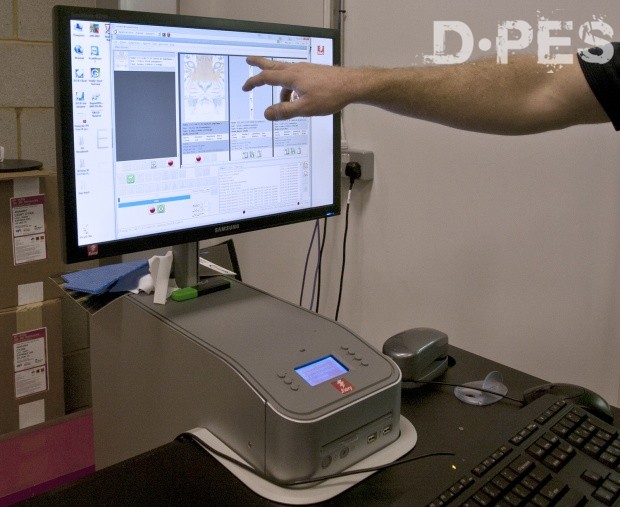
Perhaps, in the early days of wide-format production, the various elements of organisation that went into generating a particular application didn't need to be as finely tuned or as well planned as they do now. But workflow in one of its guises has been a necessity in other print disciplines; so it is inevitable that, particularly in mixed environments, it should rise to importance in any business where jobs come in, are processed, and go out again as finished orders.
The basics of a successful workflow comprise automation and efficiency. The two should go hand in hand and promote other working practices which lead to more effective processing, planning and accountability. Integrating tidier principles across an entire business environment means that all areas can be knitted together and this, in turn, should number among its advantages quantifiable cost savings with better use of labour and a reduction in waste.
In wide-format terms, efficient workflow starts at the front end and provides a connection with finishing; it can continue to sales, logistics, stock control and accounting. From a production perspective it is testament to many of the RIP and colour management specialists that it is now possible to generate consistent and accurate jobs so that movement through pre-press to print and beyond has become pretty seamless and doesn't need a degree in rocket science to understand it.
Principles applied in other areas of the graphic arts have translated neatly to the digital arena and its idiosyncratic tools. An obvious example is Esko, whose workflow solutions incorporate all layout, preflighting and PDF editing with specific elements for 3D packaging and point-of-sale with its latest ArtiosCAD option and, of course, all the elements needed for contour cutting, creasing and folding on its Kongsberg tables. This A-to-Z philosophy has also been adopted by Zünd, whose software options extend beyond cutting expertise and also take users through from design to final product.
With PDF format providing a commonality of format in graphics production of all shapes and sizes, it is hardly surprising that colour and RIP specialists have taken on board a print engine from which developers can benefit. This means that basic file handling is unified, removing the former hotchpotch of proprietary file types and simplifying the ability to drive a variety of output devices.
Compliance is key for onward integration into MIS using JDF or XML as well as for standardising colour and bringing consistency across different engines and print processes. Caldera v9.10 now incorporates a verifier feature for Fogra Process Standard Digital and Process Standard Offset, plus conformity for ISO 12647-2, -7 and -8. GMG is another specialist concentrating successfully on colour with workflow tools that have enabled device consistency to remove the hit and miss from input and output profiles, irrespective of device.
RIP vendors have generally turned their attention to workflow functionality as wide-format production becomes more sophisticated and needs to accommodate consistency and accountability. The emphasis these days is on a one-stop solution that not only optimises print requirements but also provides all the requisite elements from pre-press onwards. With most products offering various degrees of modularity, users can increase their workflow requirements as and when demand and working practices decree.
The greater move to JDF compliance is reliant on a correctly implemented workflow that relies on a successful relationship among the different elements to enable efficient interoperability. Thus, the transition to more efficient wide-format production behaviour has dovetailed neatly with the need to effect greater quantification in all areas and the increase in accountability which can only be achieved by sharing information.
But workflow implementation needn't be complicated; software developers and vendors are keen not to lock themselves into proprietary environments, from the simplest pre-press and production functionality through to all-encompassing capabilities. Of importance is giving the wide-format print sector what they need in terms of generating greater efficiency and automation with the intention of improving quality, minimising errors and increasing profits. It all boils down to ensuring that information flows in a way that promotes automated connectivity, and there are many pieces that make up the jigsaw to complete integration.
In a digital environment workflow can be more crucial than in analogue scenarios, given that it is driven by shorter turn-round times plus lower and more variable volumes. Streamlining processes now goes way beyond pre-press and production, and businesses shouldn't be afraid of using the relevant tools to achieve end-to-end integrated automation, with the ultimate intention of becoming more efficient and profitable.